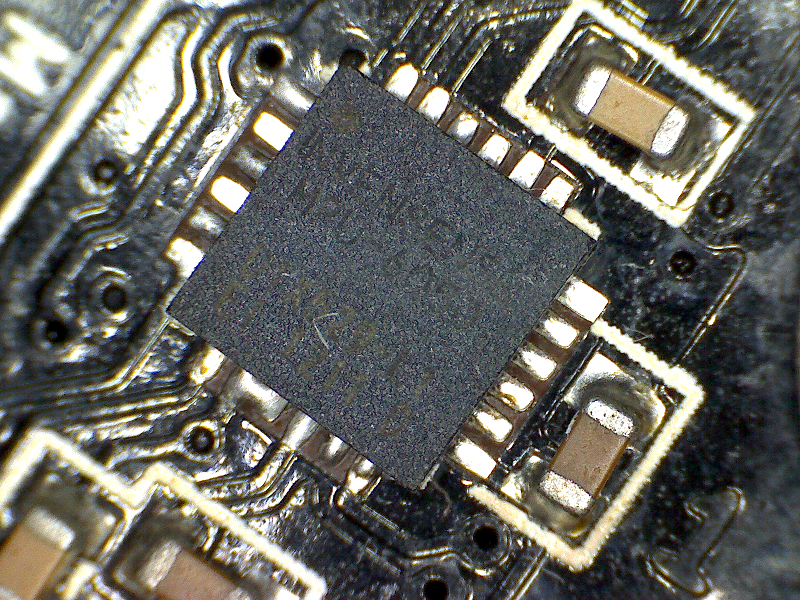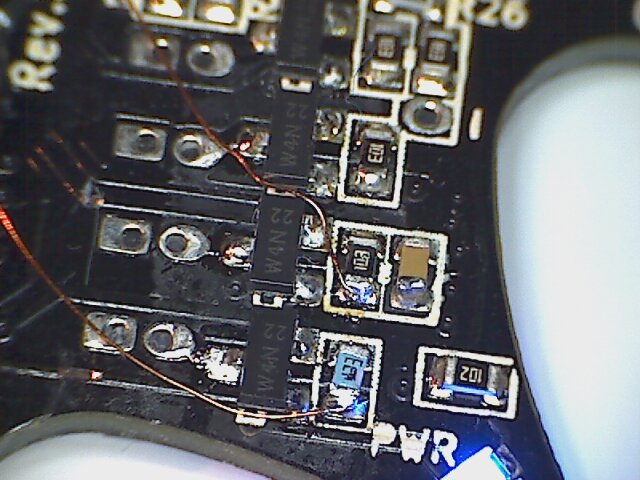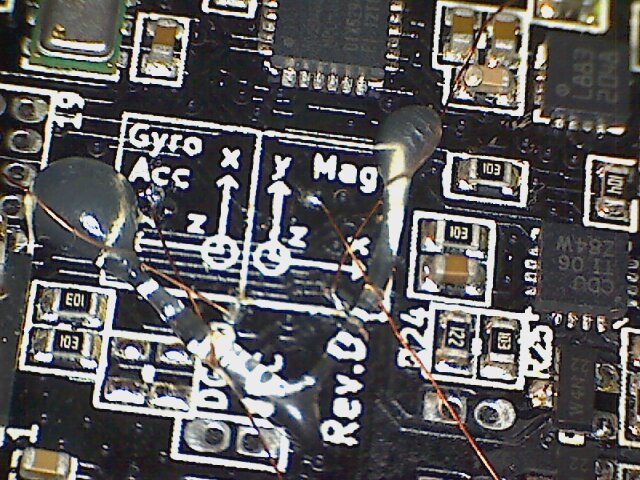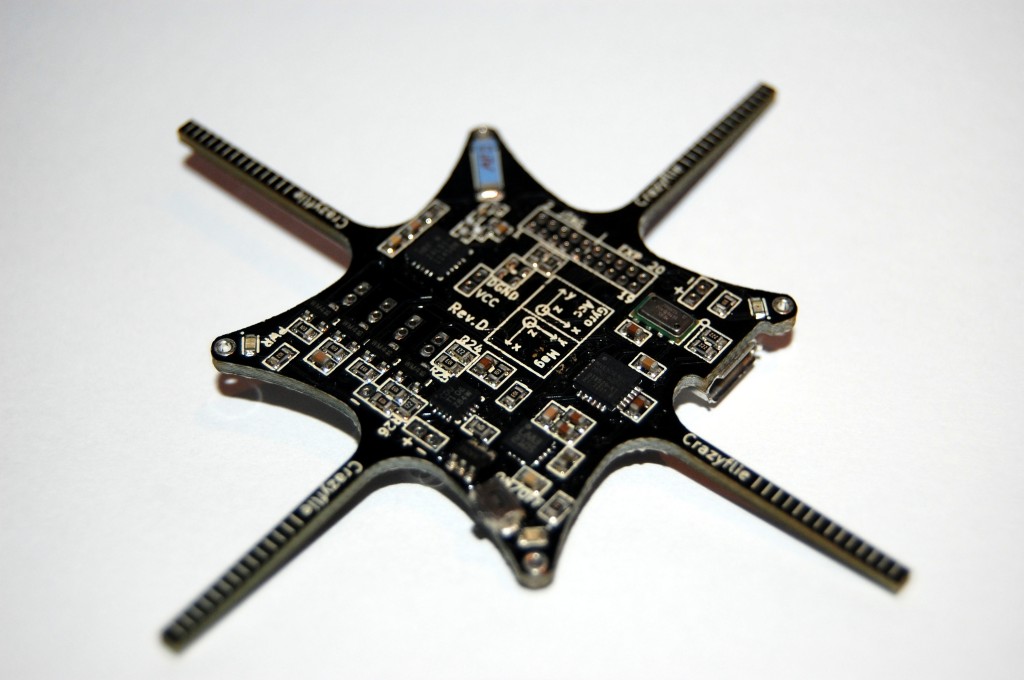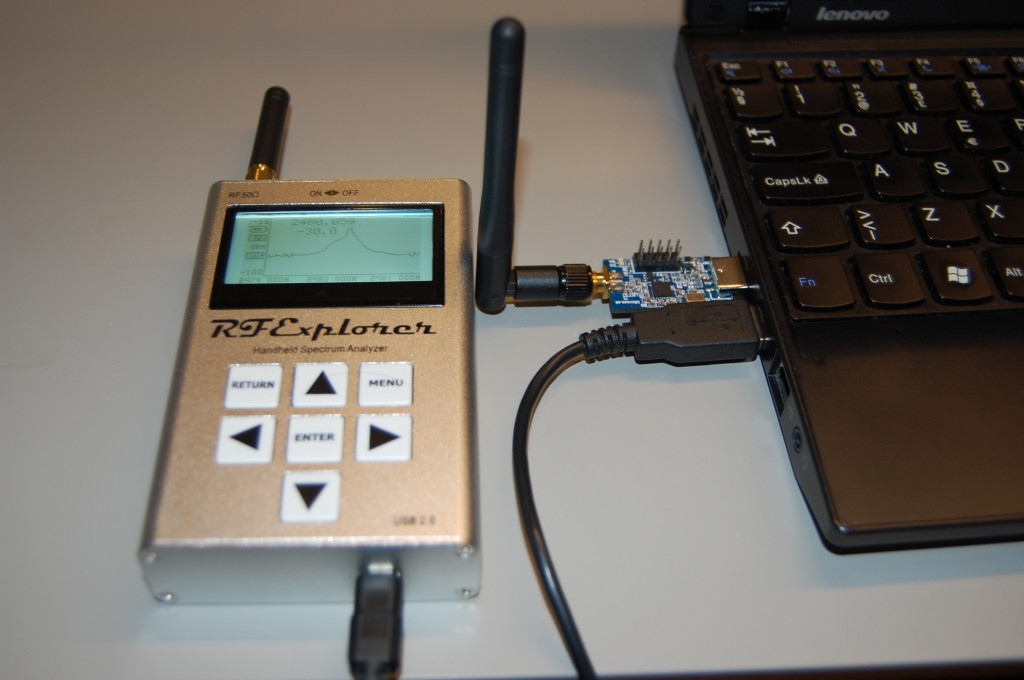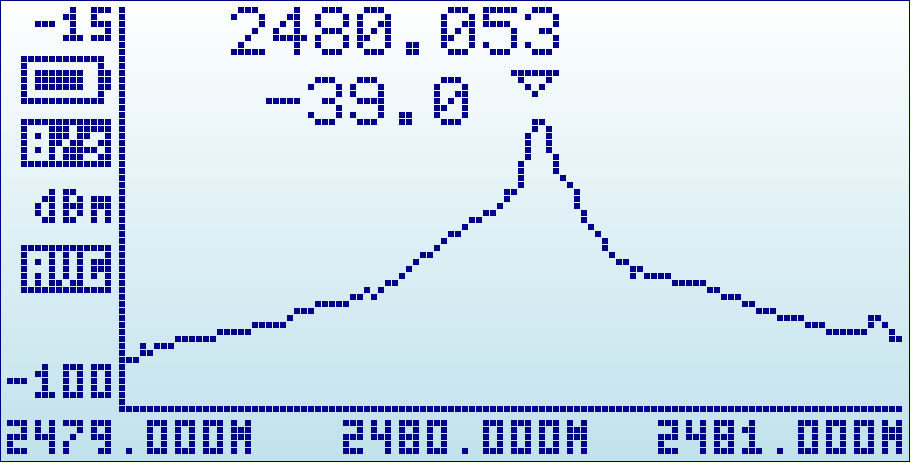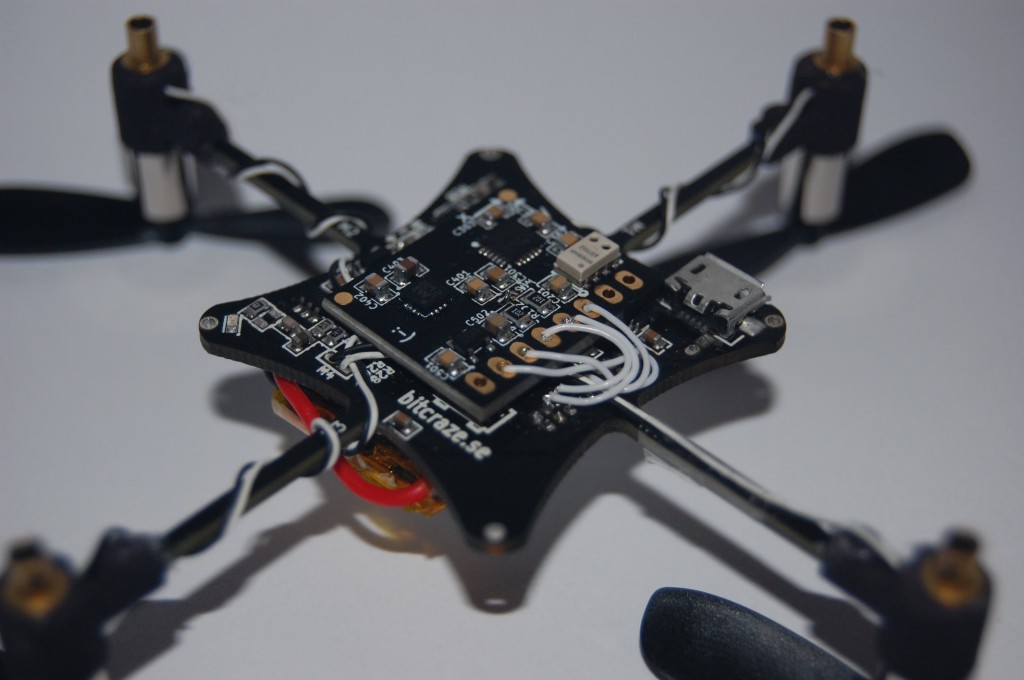So as we were putting the finishing touches on what we hoped would be our last prototype before the final production version we noticed something rather serious on the InvenSense webpage. The IDG500/650 (and the ISZ-500/650) that we are using are EOL (and the LTB has passed). So this puts us in a rather tight spot where we have a couple of alternatives:
Stay with the IDG/ISZ 500/650 – We could stay with the sensors we have and try to source as many as possible but this would leave us in an awkward position if we get more demand than we can source gyros.
Analogue replacement – We could find an analogue replacement that would replace the X/Y and Z gyros we have today (that are analogue). The best candidate for this is currently the new ST gyro L3G462A but it is still under Evaluation and we don’t know if and when it will be available. It’s easy to put in our current design but we are unsure about the performance and immunity to vibrations.
Going digital – The most attractive option but the option that requires most work is switching from analogue to digital sensors. This is a step that we wanted to take eventually but taking it now delays everything but we do get a chance to get a bit more up to date by putting in a MPU-6050 and maybe a pressure sensor. But we are not sure how the sensors will respond to the vibrations and ripples on the supply voltage.
Our current plan is to drop the old analogue sensors from InvenSense and start on the digital design using the MPU-6050. We will keep the analogue ST gyro as a backup plan just in case we hit into any problems with the digital version.
Do you have any other ideas for sensors or comments about the performance of the MPU-6050 or L3G462A (if you managed to get a sample)?
